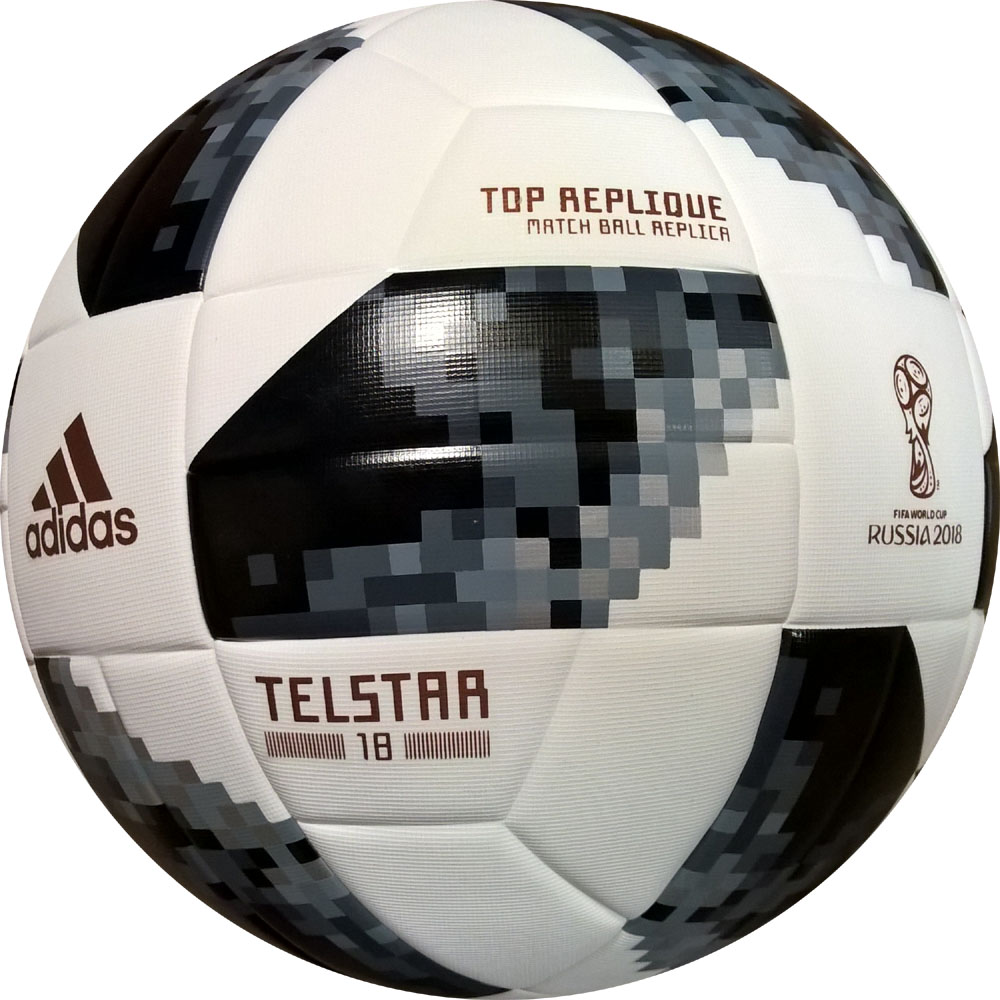Ball games are not one thousand years old. In antiquity, they arose everywhere - in every country and nation. These games were very similar, although they contained a lot of differences. Balls were used both in competitive games and in ordinary gymnastic exercises. Of course, these shells only remotely resembled modern ones, they were related only by their general form. Nevertheless, today we can confidently draw this historical parallel and find out where it came from, without which most of the world's population simply cannot imagine their life.
In ancient times
Evidence of fun with the ball is found in various corners of the world. So, scientists have found ancient Egyptian images of human figures that throw up a circular sphere. For the ancient Greeks, ball games first appeared in the second millennium BC and were a privilege of the upper classes. To this it is worth adding that almost all over Greece, exclusively men took part in them. The only exception was Sparta, where everything was in its own way. Later the Romans adopted this fun from the Greeks, turning it into a gymnastic exercise. Kicking the ball perfectly developed coordination and reaction. There was also a game reminiscent of a modern football exercise - “square”. Only the Romans reduced it to a "triangle."
Ball games were especially developed in the Middle Ages. In Europe, there was a game very similar to modern golf, where you need to score a ball in the hole. The mass of the ball was comparable to modern. The game involved absolutely all walks of life.
Ball games have also spread throughout the Americas. The game, called "Ulama," was distributed both among the Mayans and among the Aztecs. Initially, two teams played in it, one of which - the loser, was sacrificed. They played a ball weighing one and a half kilograms, which looked more like a cannonball. Over time, the fun acquired a purely sporting character - sacrifices were excluded from it, and after some time, the arriving Spaniards simply banned its holding.
Soccer ball
And you determine the mass of the ball? Football, like all significant team sports, began to take shape in its modern form in the 19th century. In 1872, the official size of a soccer ball was first mentioned . The ball was supposed to have an average weight of 400 grams. After 60 years, the mass of the soccer ball was increased by 50 grams, which remains the benchmark to this day. The first balls were made exclusively of genuine leather by stitching two dozen panels. At the dawn of ball manufacturing, two firms set the tone - Miter and Tomlinson, which produced official shells for the English football championship.
Today's soccer ball consists of three parts - from the camera, lining and tire. The latter consists of 32 panels: 20 hexagonal, 12 pentagonal. The lining is what is between the tire and the camera. It is she who gives the ball elasticity and the necessary rebound. There are at least four or even more layers in the lining. The camera is the core of the ball. Usually it is made from latex. The classic soccer ball (as we imagine it today) was developed by the Danish firm Select in 1950.

The development of the soccer ball is directly related to the history of the World and European Championships. For each championship of the planet a ball is issued, in which they strive to realize all the latest technical and design solutions. So, from 1970 (World Cup in Mexico) and until 2006 played with various varieties of the classic ball. At the German championship of the planet, the ball for the first time consisted of 12 panels, and not 32 as before. In 2018, Russia will play the ball, which by design sends us to the last century - Telstar.
Tennis ball
This projectile is one of the smallest in shape and size. The mass of a tennis ball should not exceed 60 grams, and he himself - seven centimeters in diameter. Today, a tennis ball is usually green or yellow, although any color has been used before. A white stripe runs along its circumference. To improve the quality it is covered with felt, and it is made of natural rubber.
Rugby ball
Rugby ball is interesting in that its shape is fundamentally different from balls in other sports. It is not round, but has the shape of an elongated ellipsoid. Its length is not more than 30 centimeters, and it consists of four plates sewn together. The mass of the ball should not exceed 420 grams.